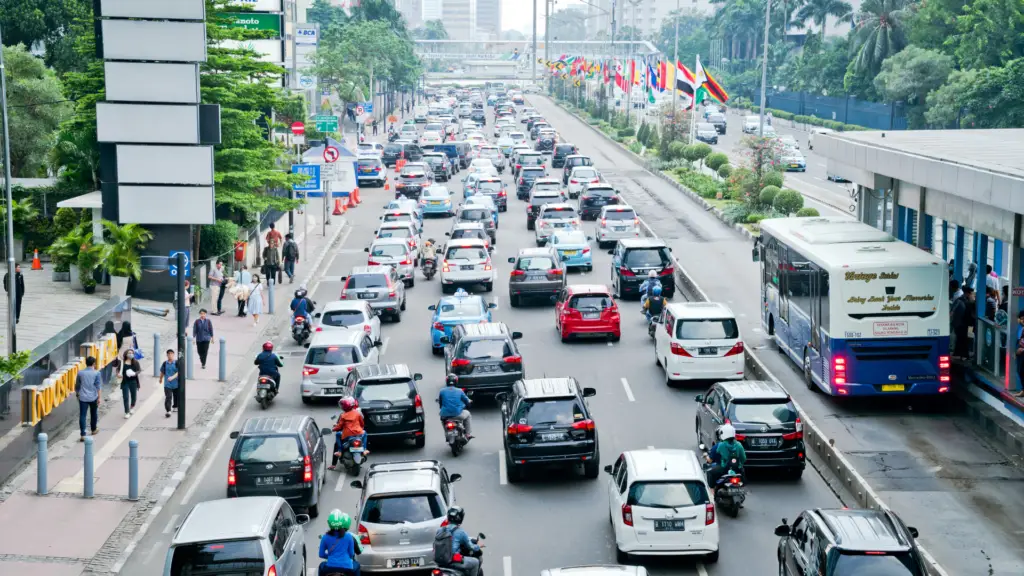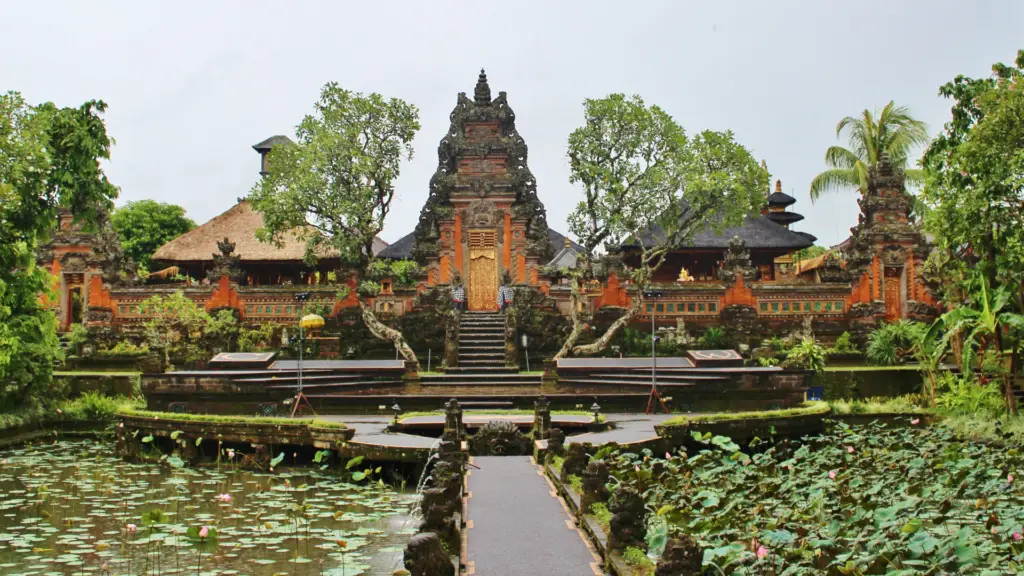



What To Expect In Indonesia
Indonesia is a vast and diverse archipelago made up of over 17,000 islands, each offering its own unique blend of culture, landscapes, and experiences. From the bustling metropolis of Jakarta to the tranquil beaches of Bali, Indonesia provides travelers with everything from rich history to outdoor adventure. Whether you’re exploring ancient temples, hiking volcanoes, or diving in pristine waters, Indonesia promises a variety of unforgettable experiences.
Language: The official language of Indonesia is Bahasa Indonesia, spoken widely across the country. In tourist-heavy areas like Bali and Jakarta, English is commonly understood, especially in hotels, restaurants, and major attractions. However, learning a few phrases in Bahasa Indonesia, such as “terima kasih” (thank you) and “selamat pagi” (good morning), can enhance your interactions with locals and enrich your travel experience.
Currency: Indonesia’s local currency is the Indonesian Rupiah (IDR). While credit cards are widely accepted in larger cities like Jakarta and tourist areas such as Bali, smaller establishments and rural areas may only accept cash. It’s a good idea to carry some Rupiah for markets, local vendors, and transportation. The exchange rate typically fluctuates around 15,000 IDR to 1 USD, but be sure to check rates before your trip. ATMs are widely available in urban areas, and currency exchange services are offered at airports and major banks.
Climate: Indonesia has a tropical climate with high humidity and temperatures ranging from 77°F to 88°F (25°C to 31°C) year-round. The country has two distinct seasons: the dry season (April to October) and the rainy season (November to March). The best time to visit Indonesia is during the dry season, when the weather is ideal for outdoor activities like beach trips, hiking, and exploring the islands. If you plan to visit during the rainy season, be prepared for frequent downpours, though mornings are often clear.




